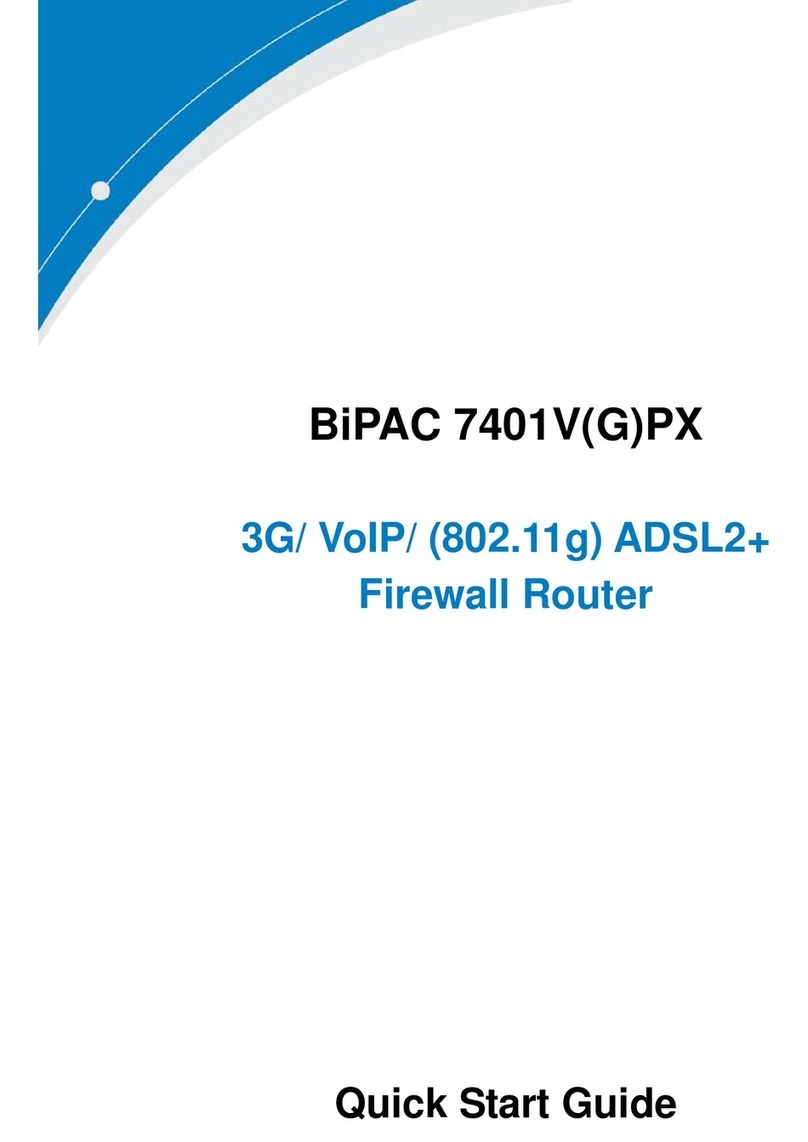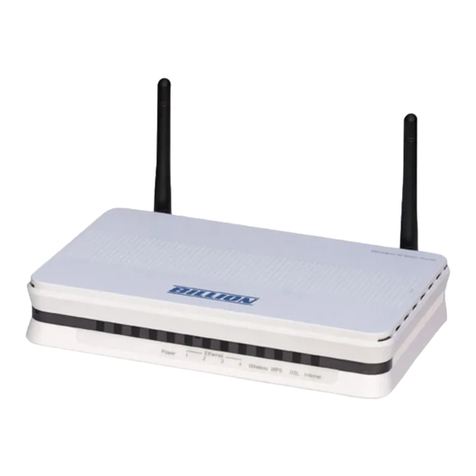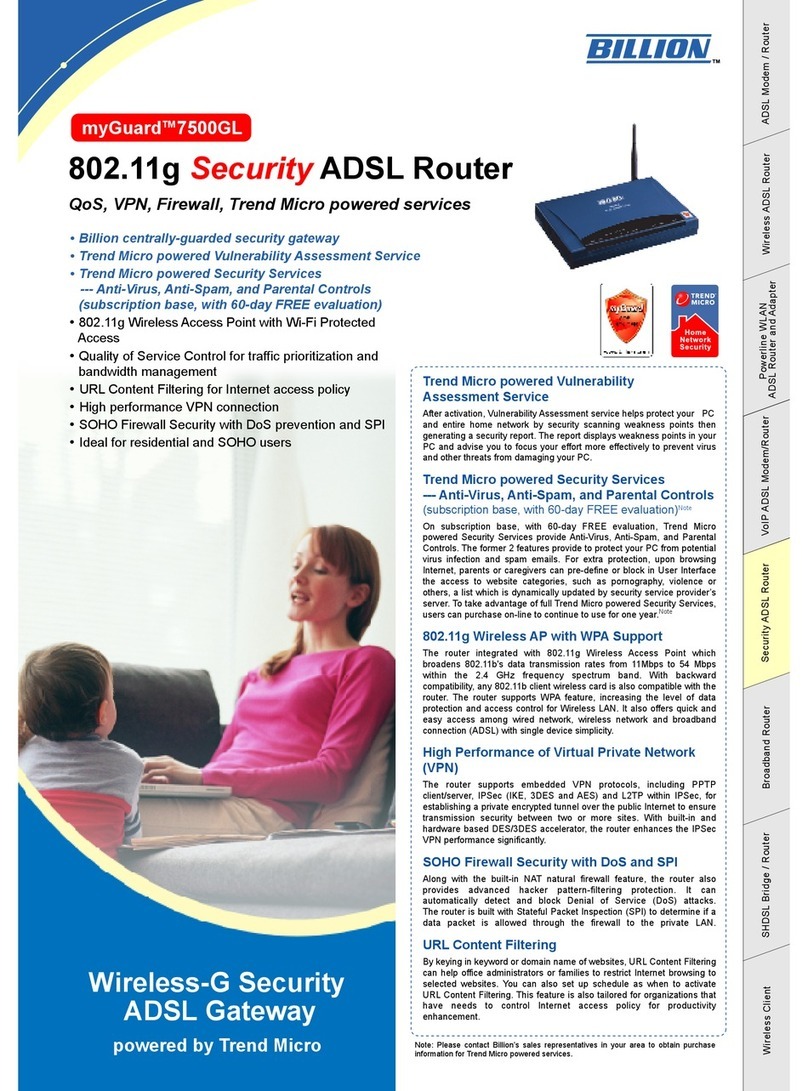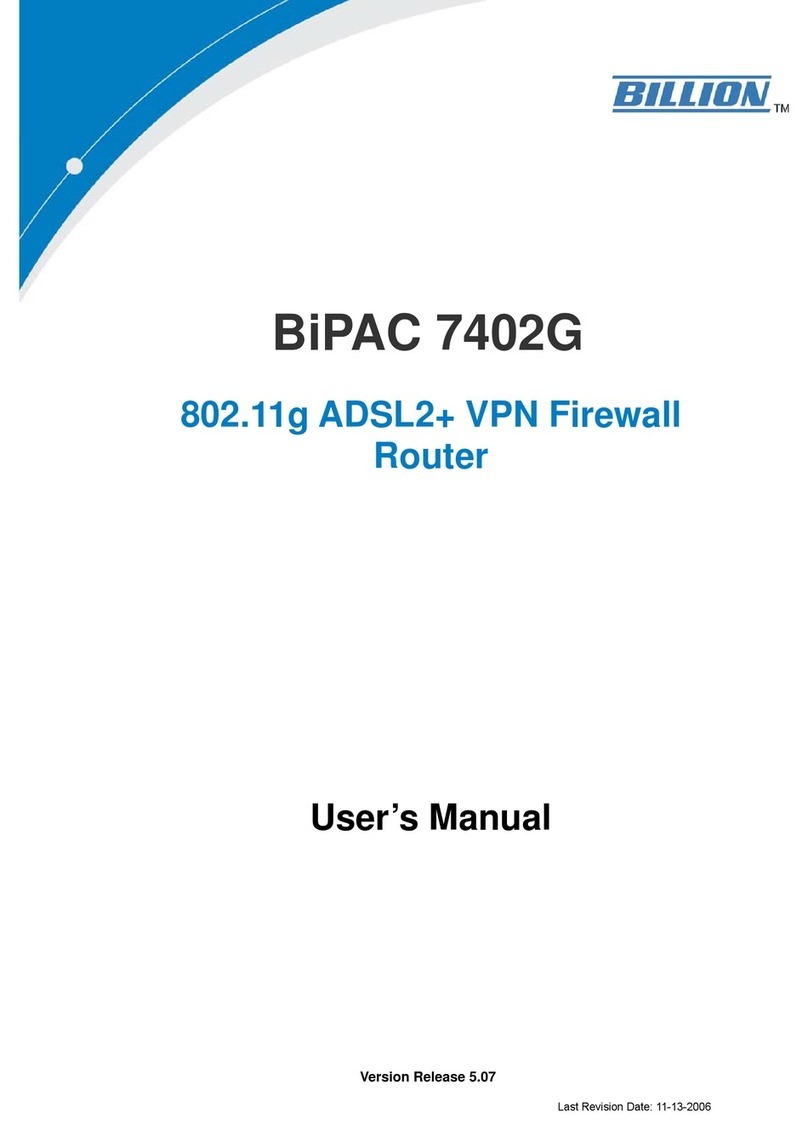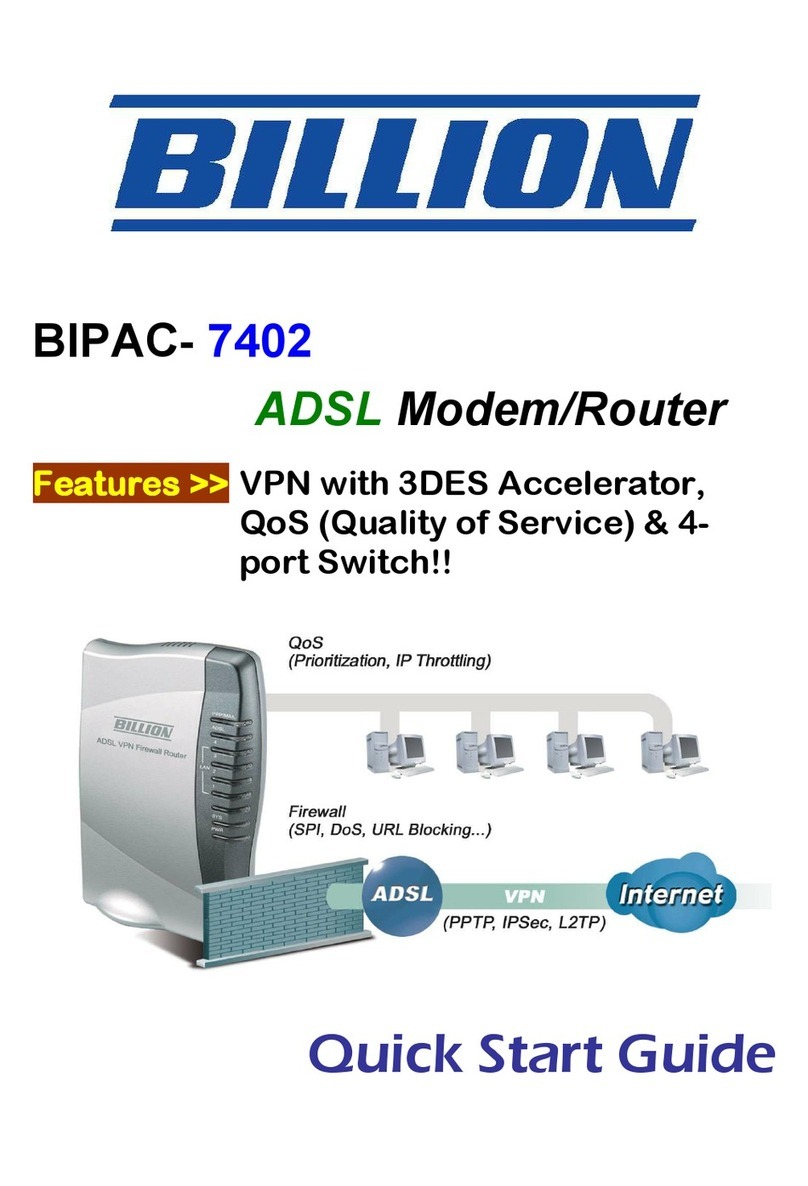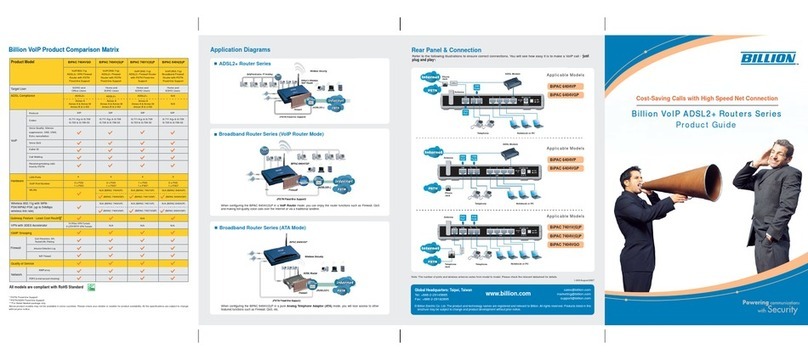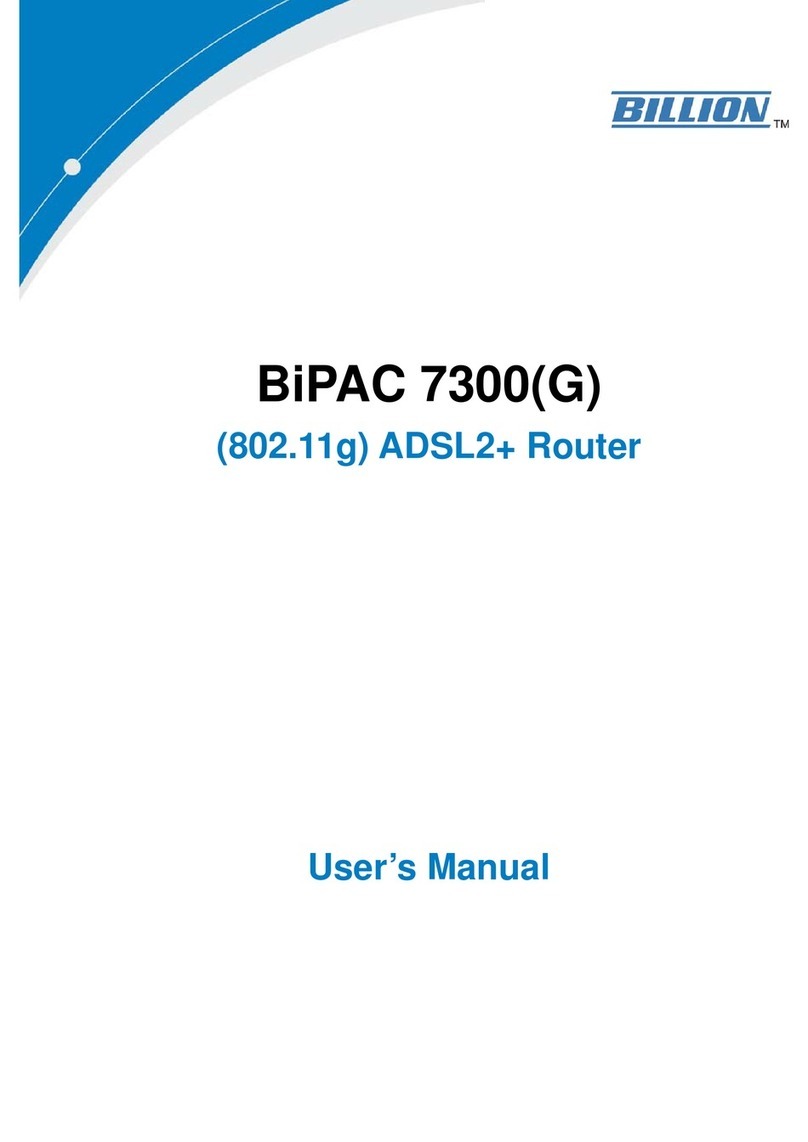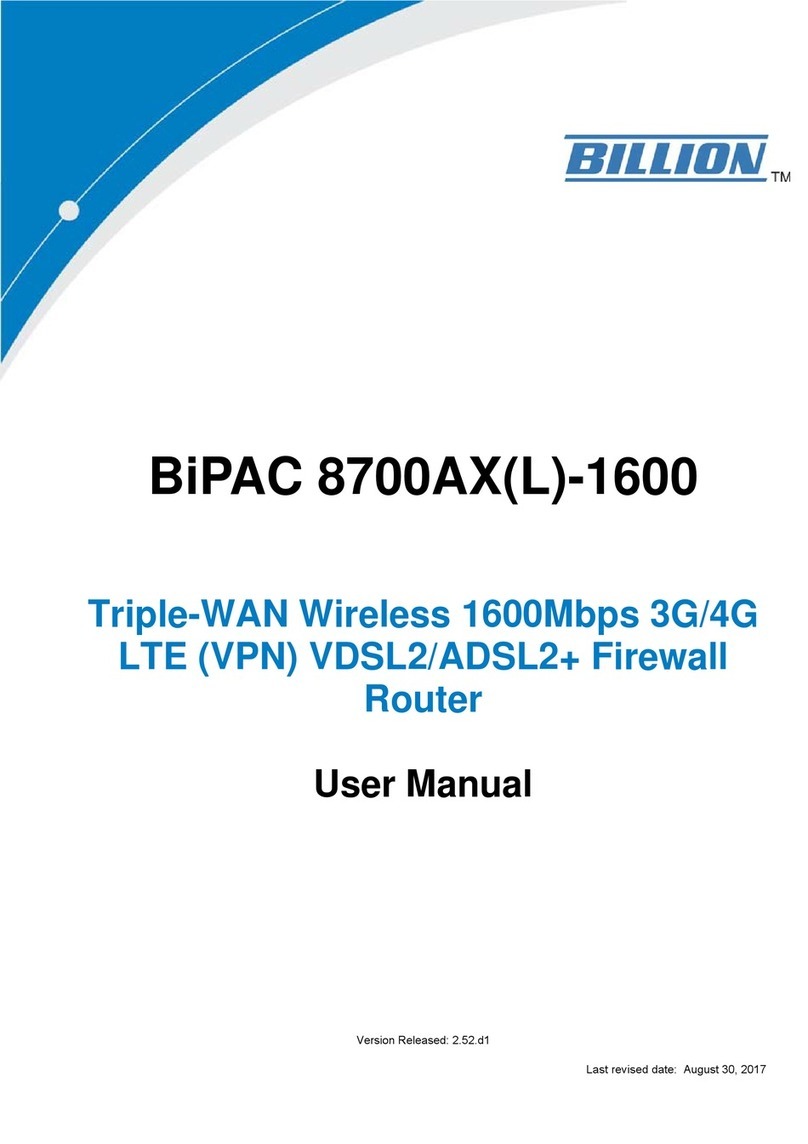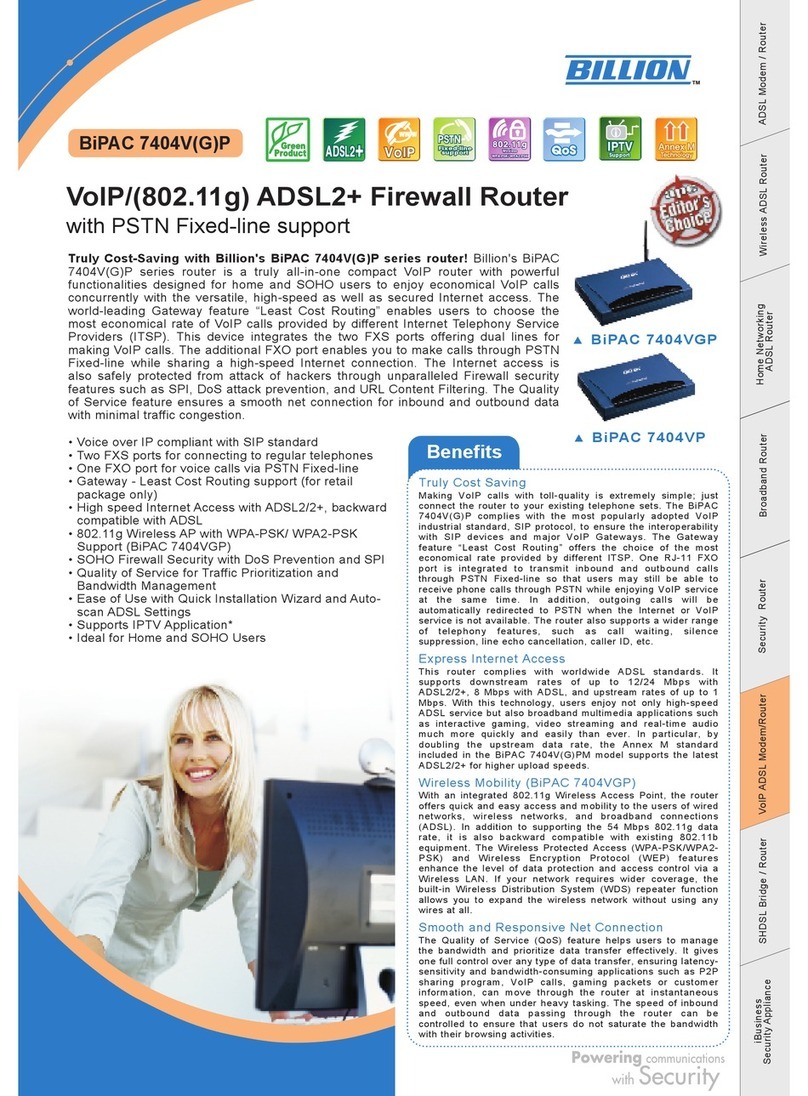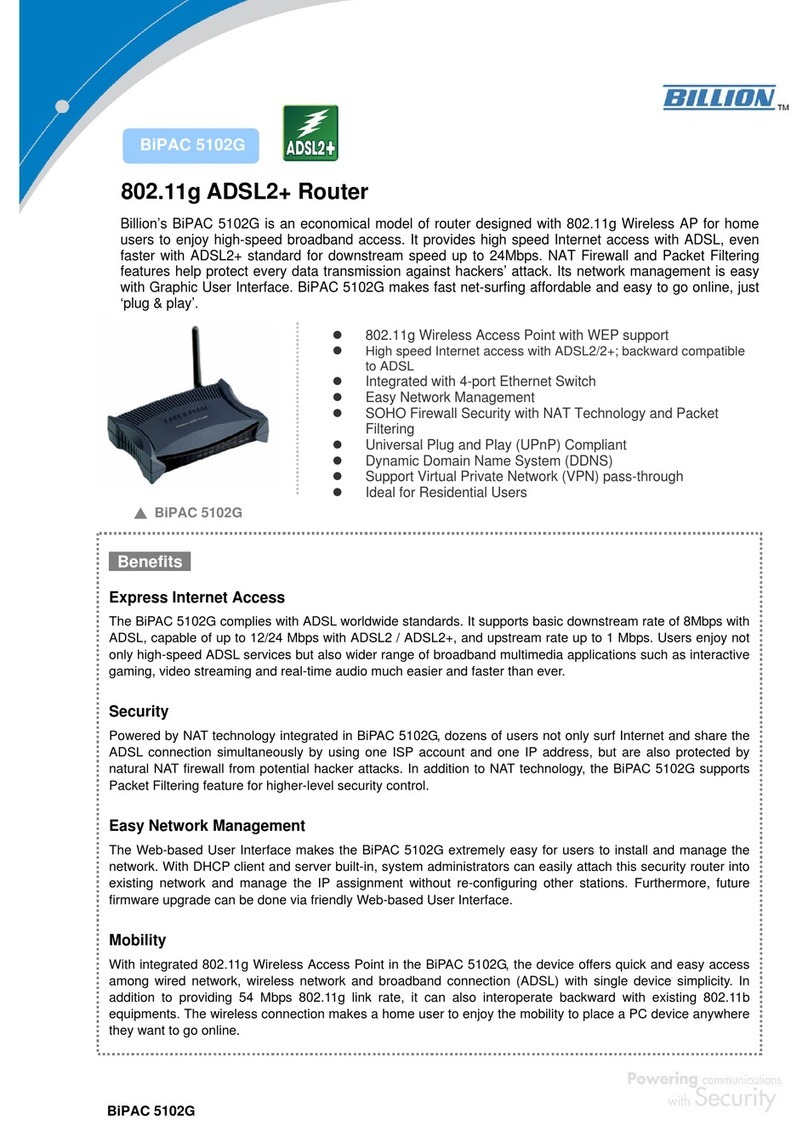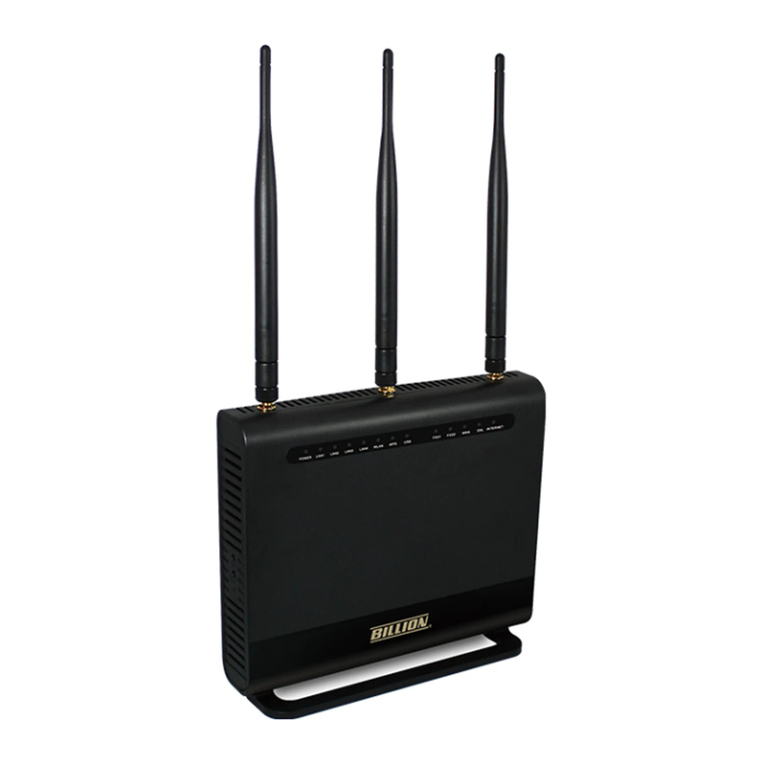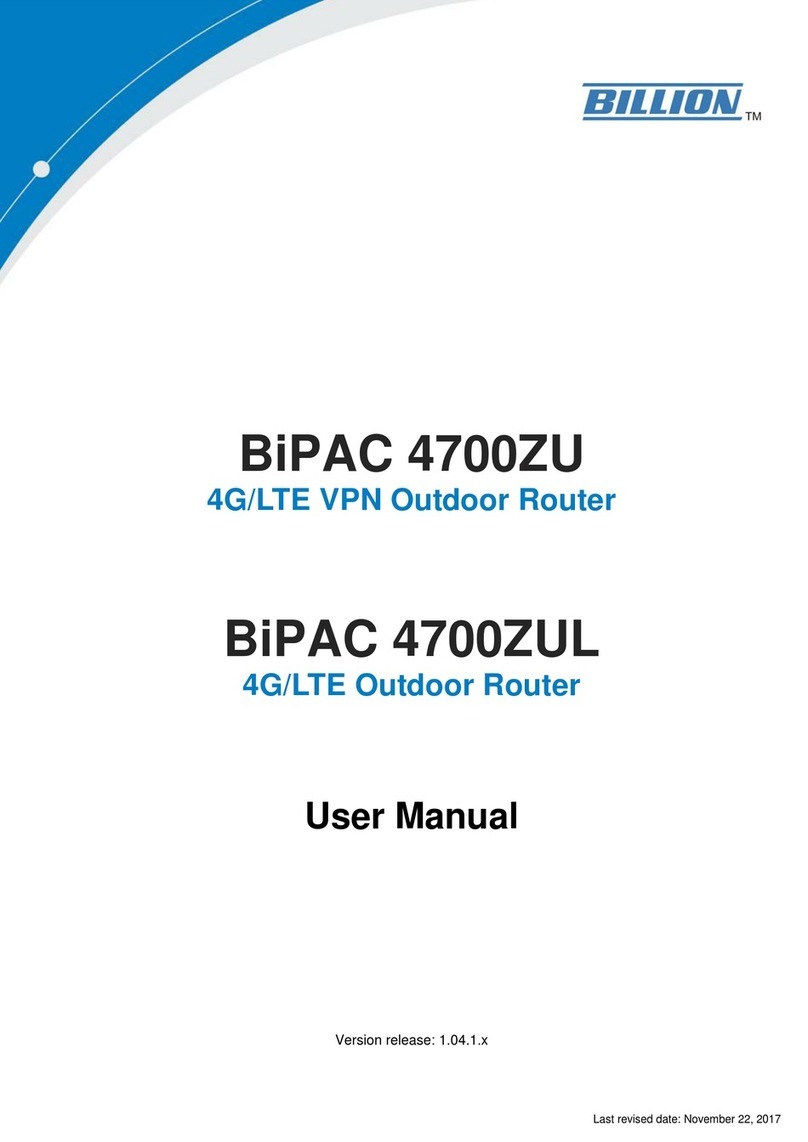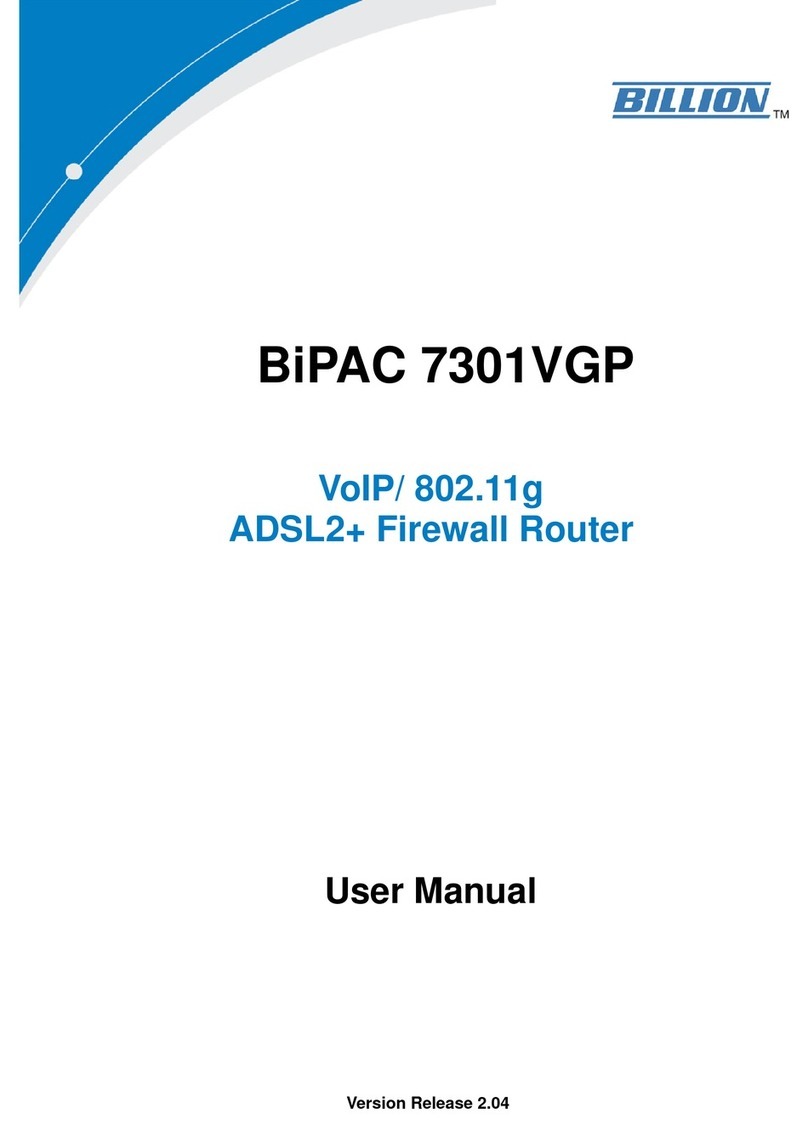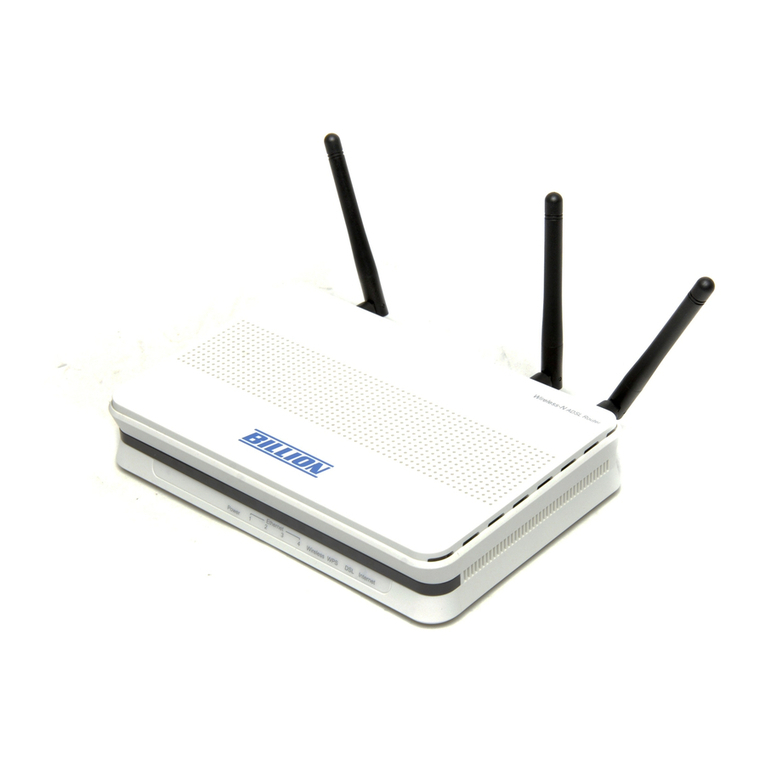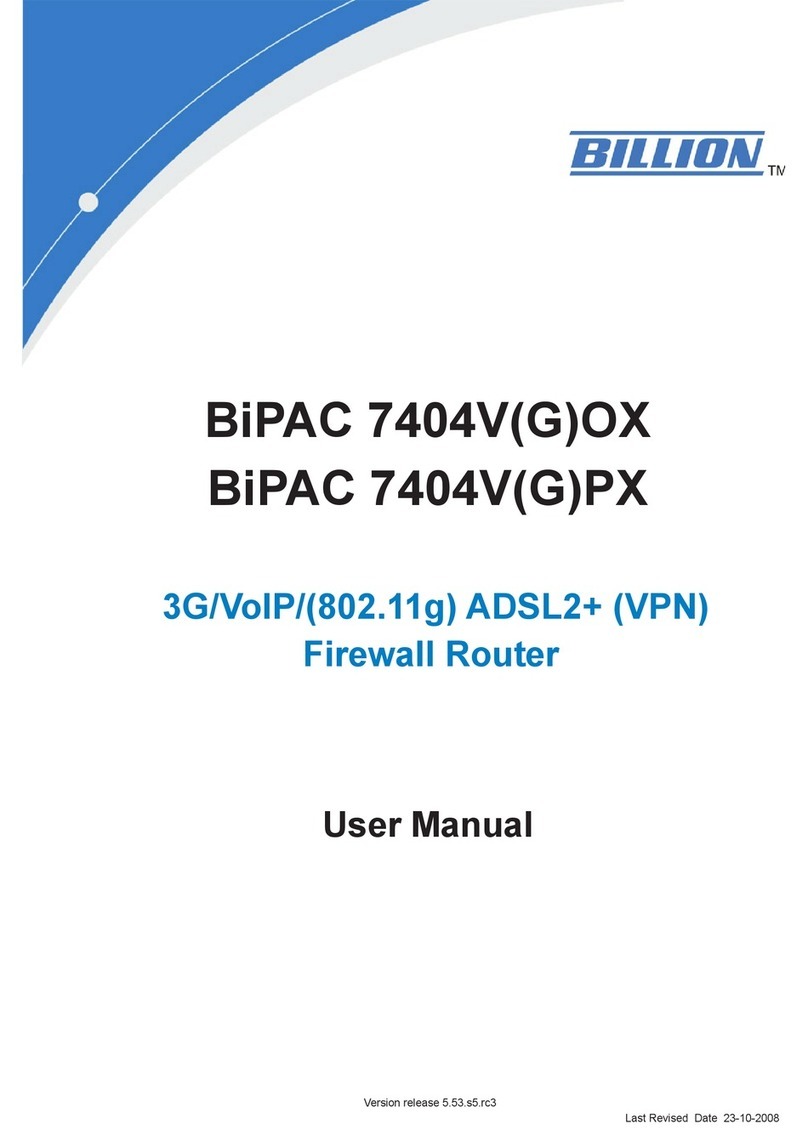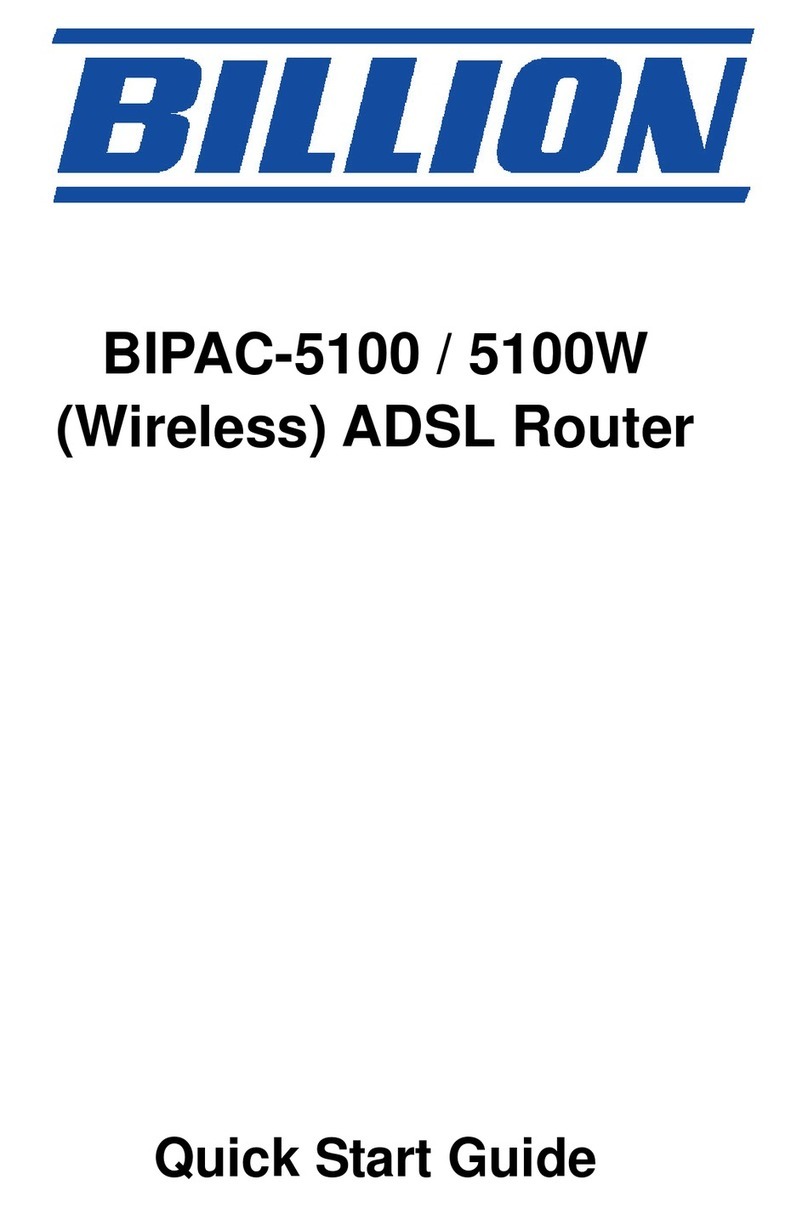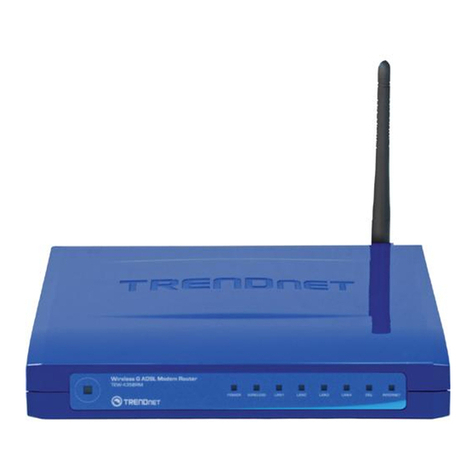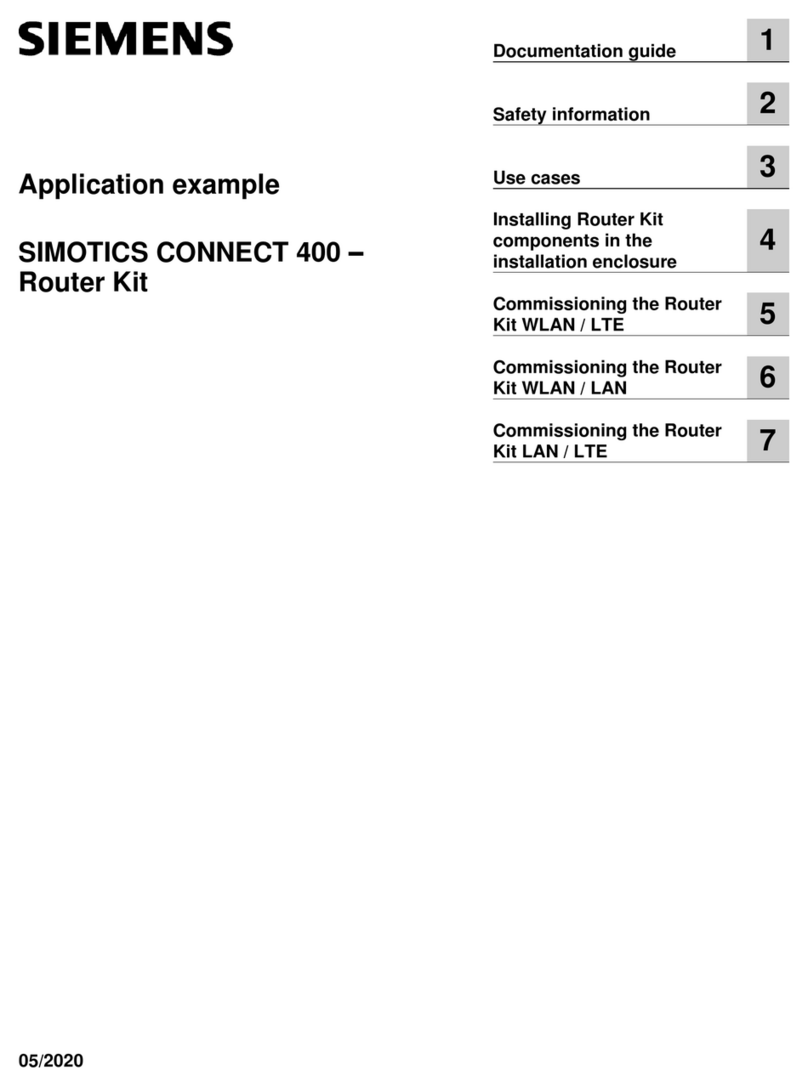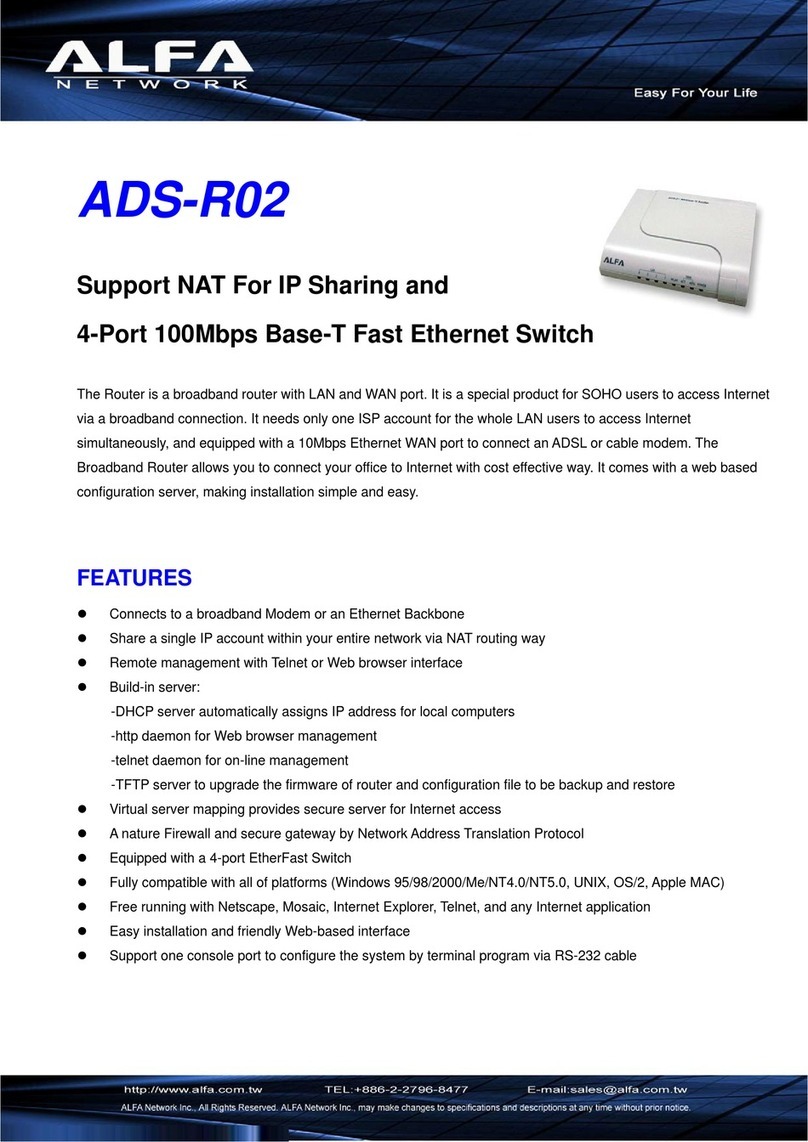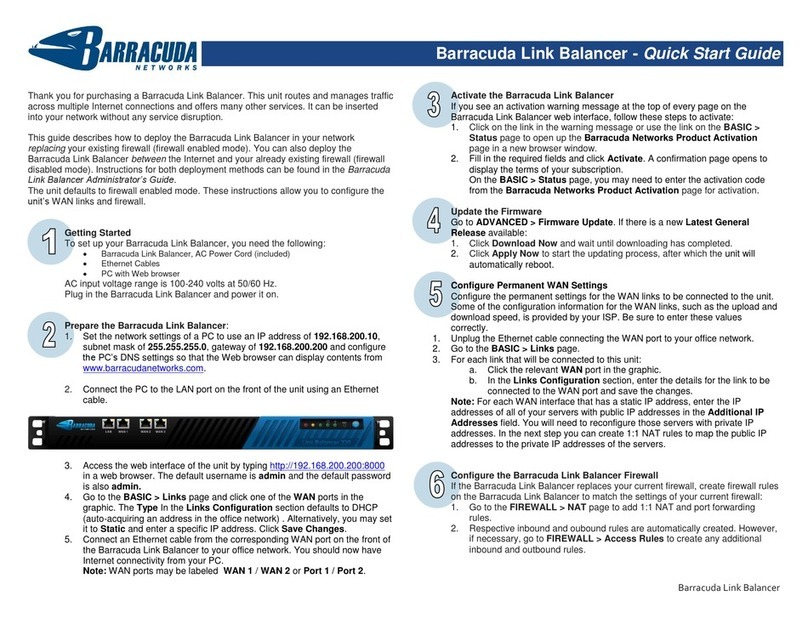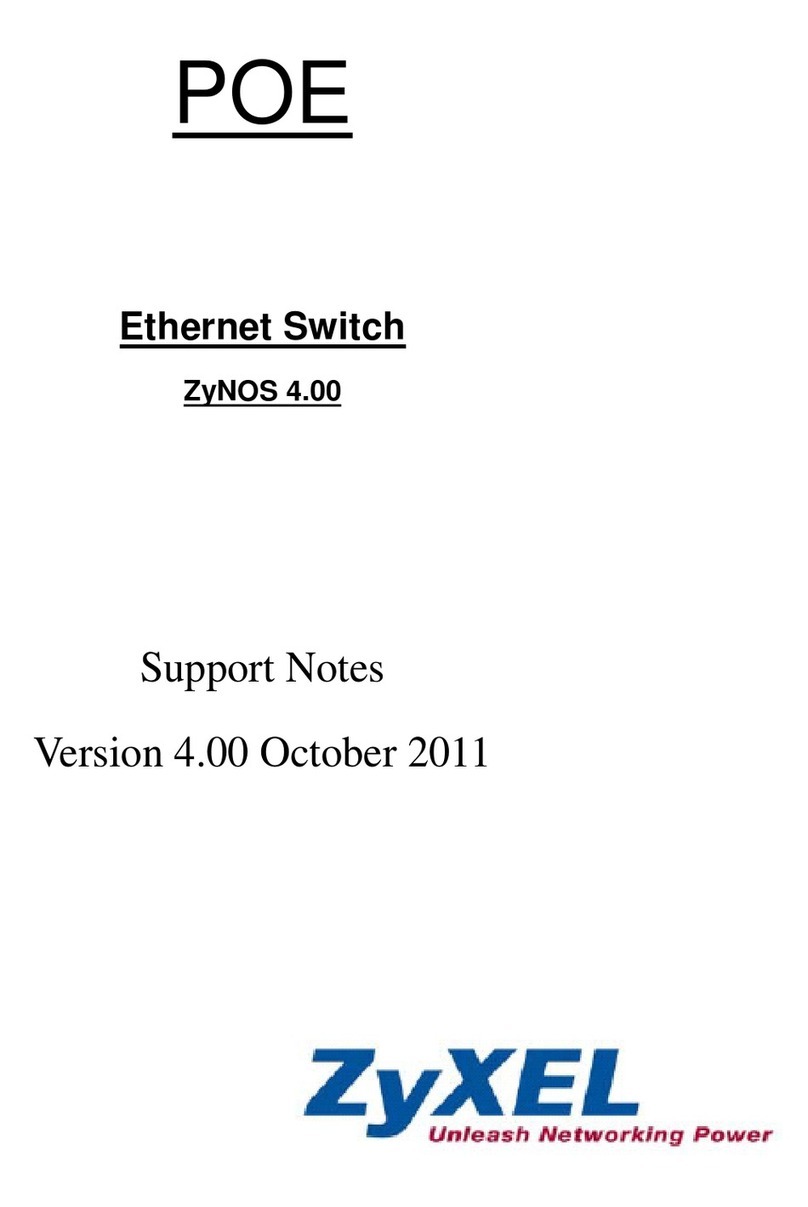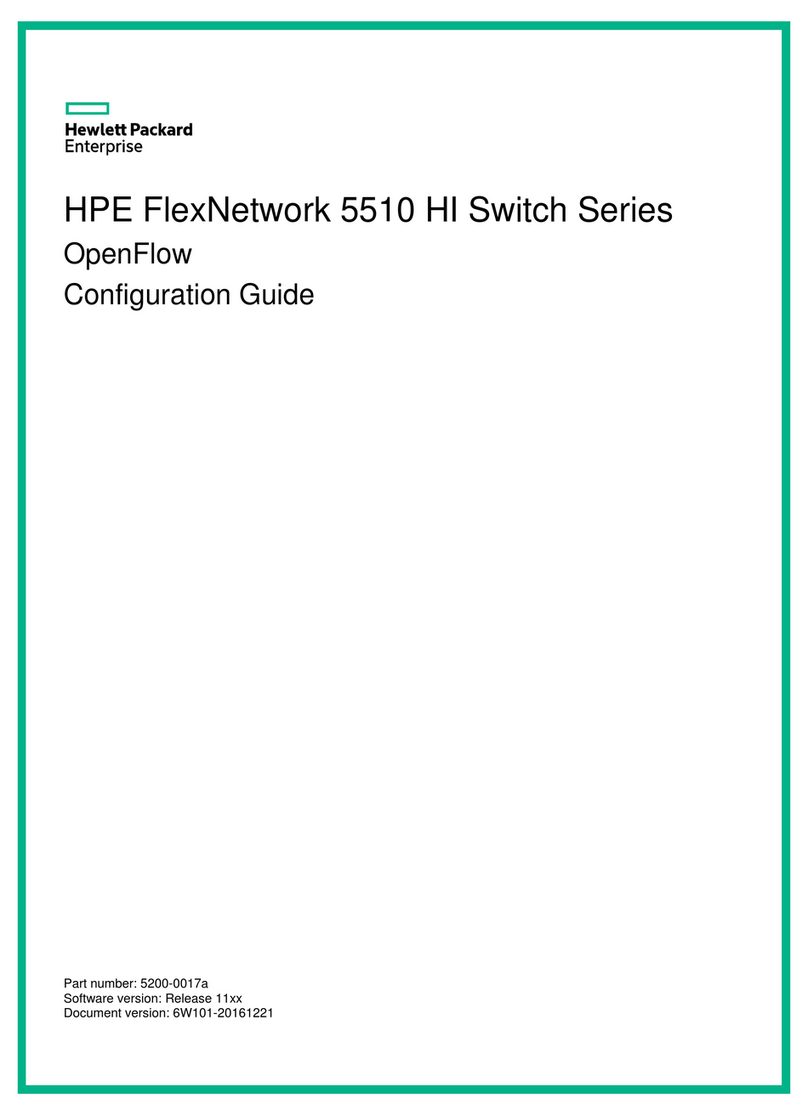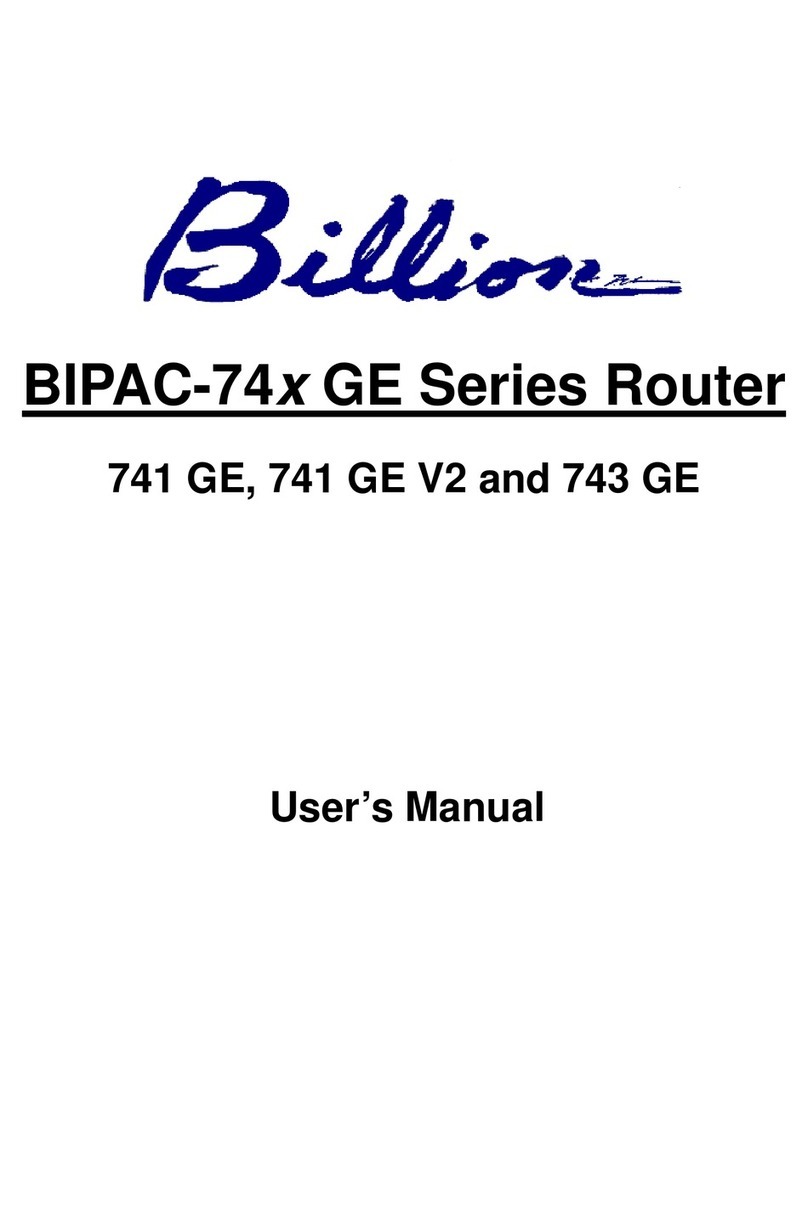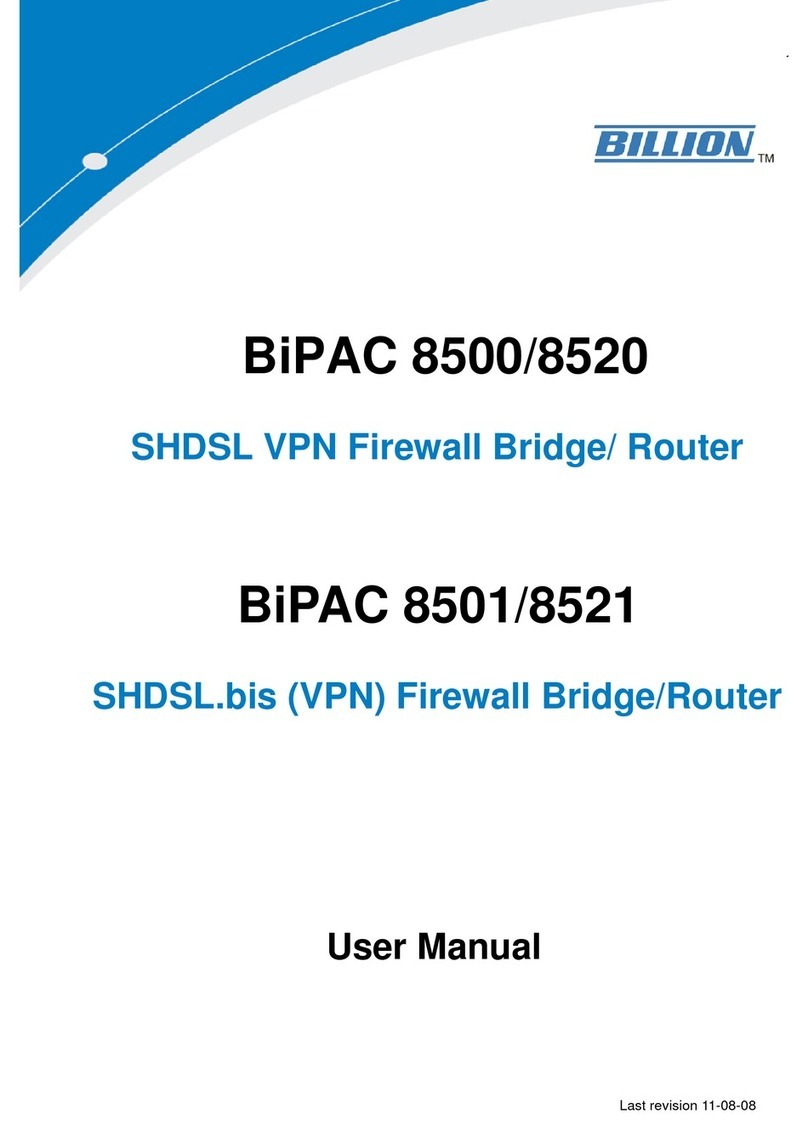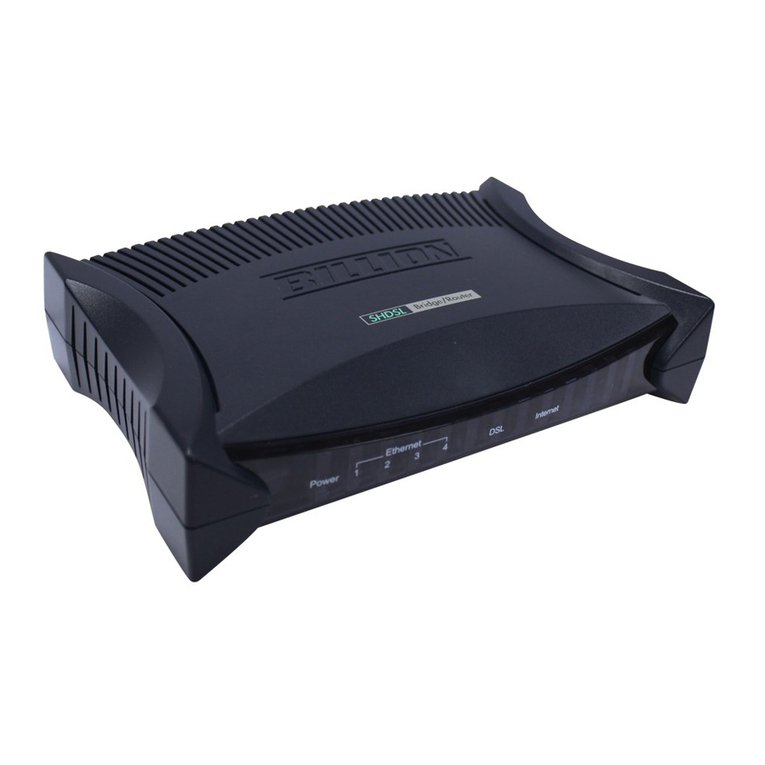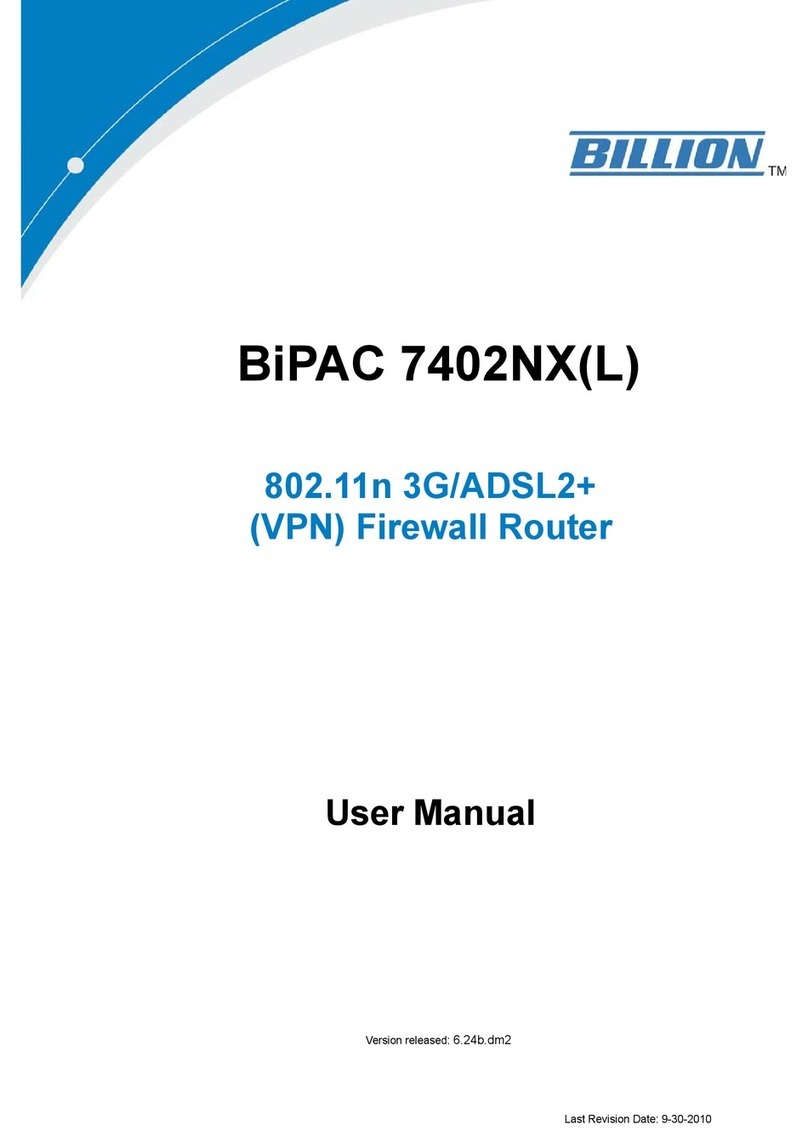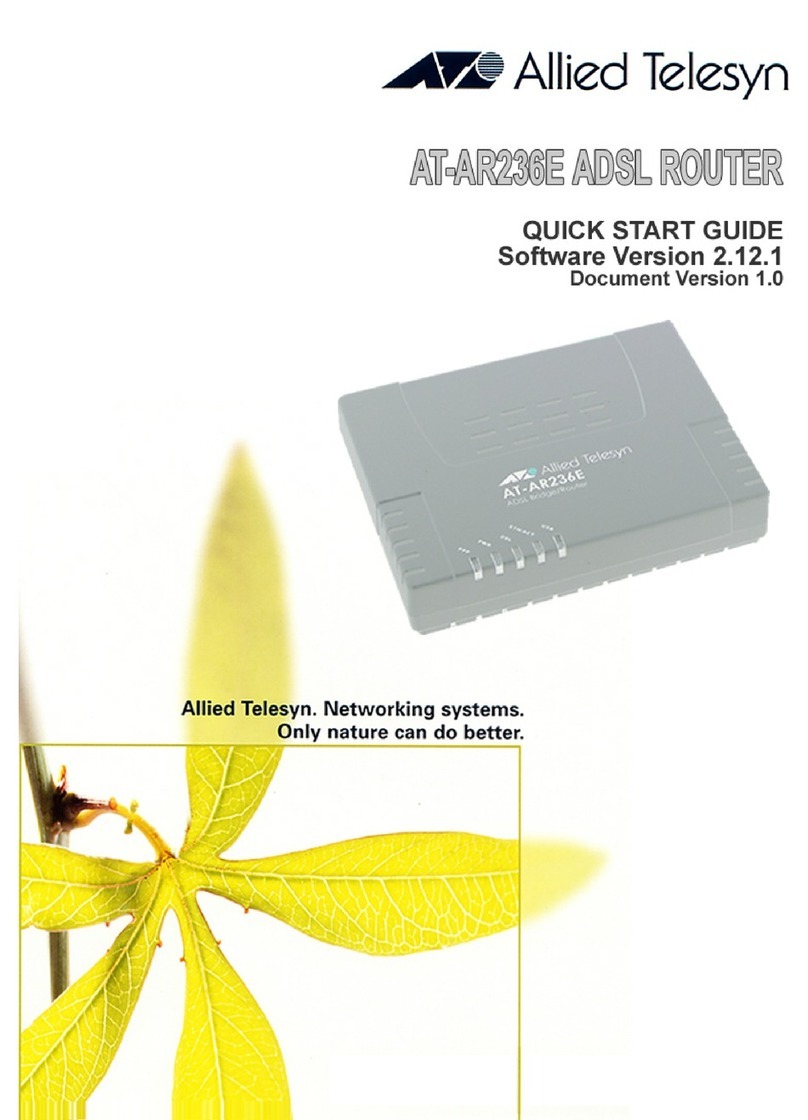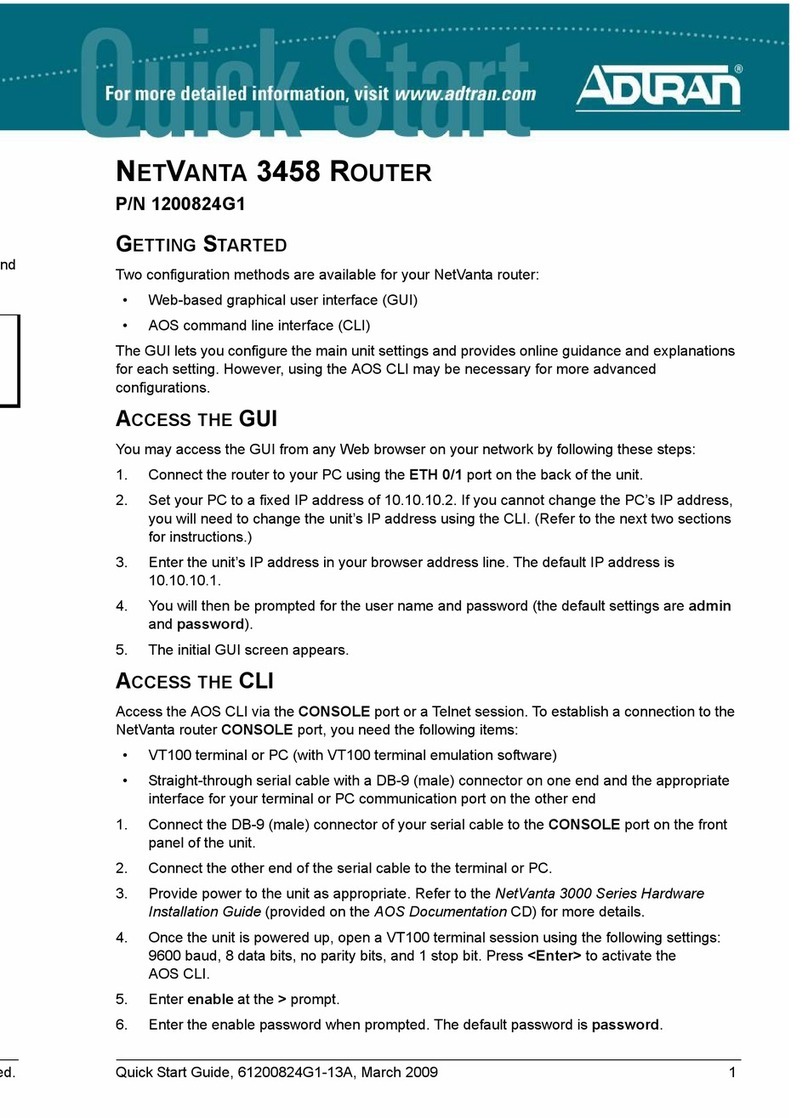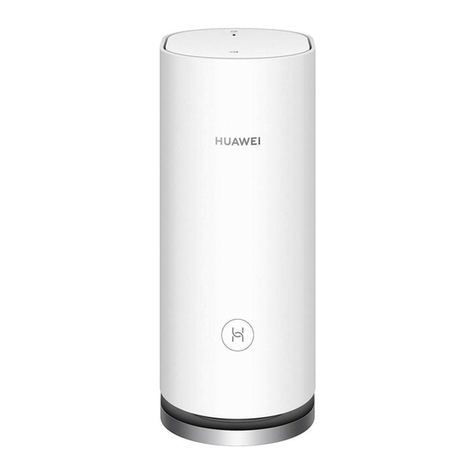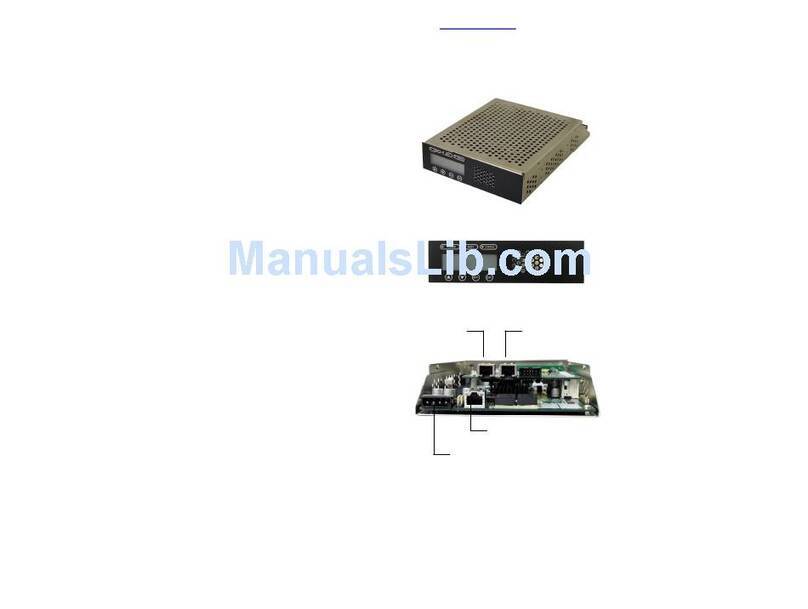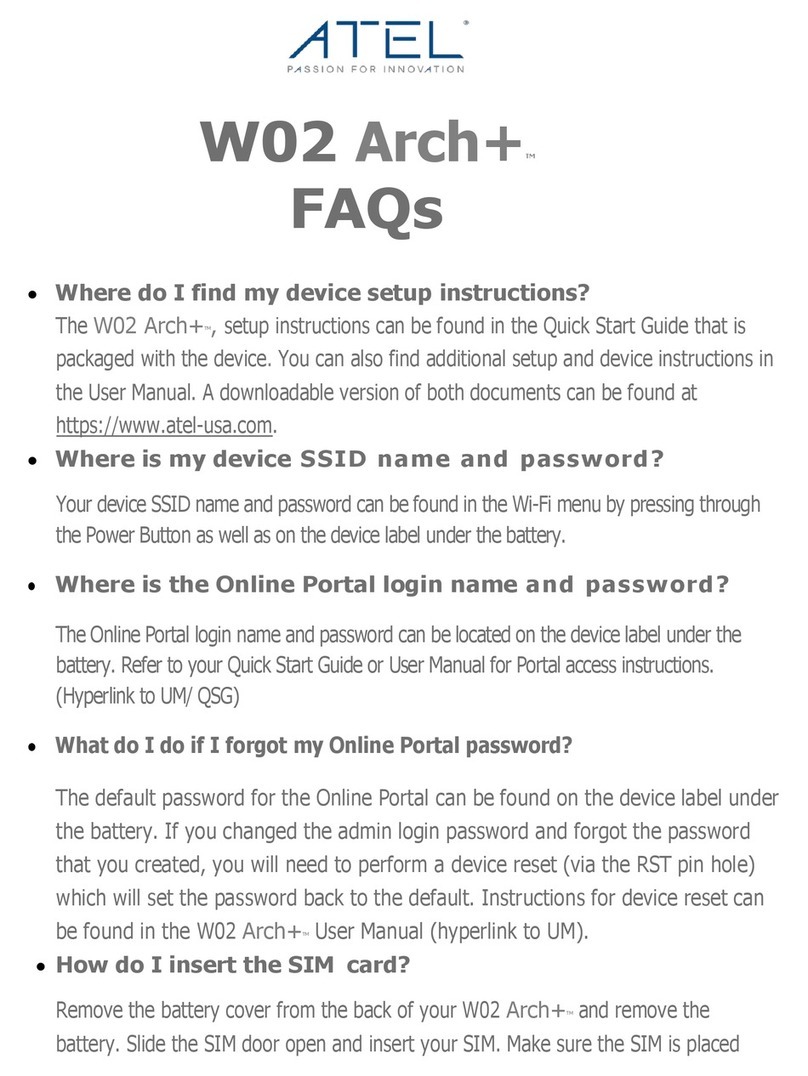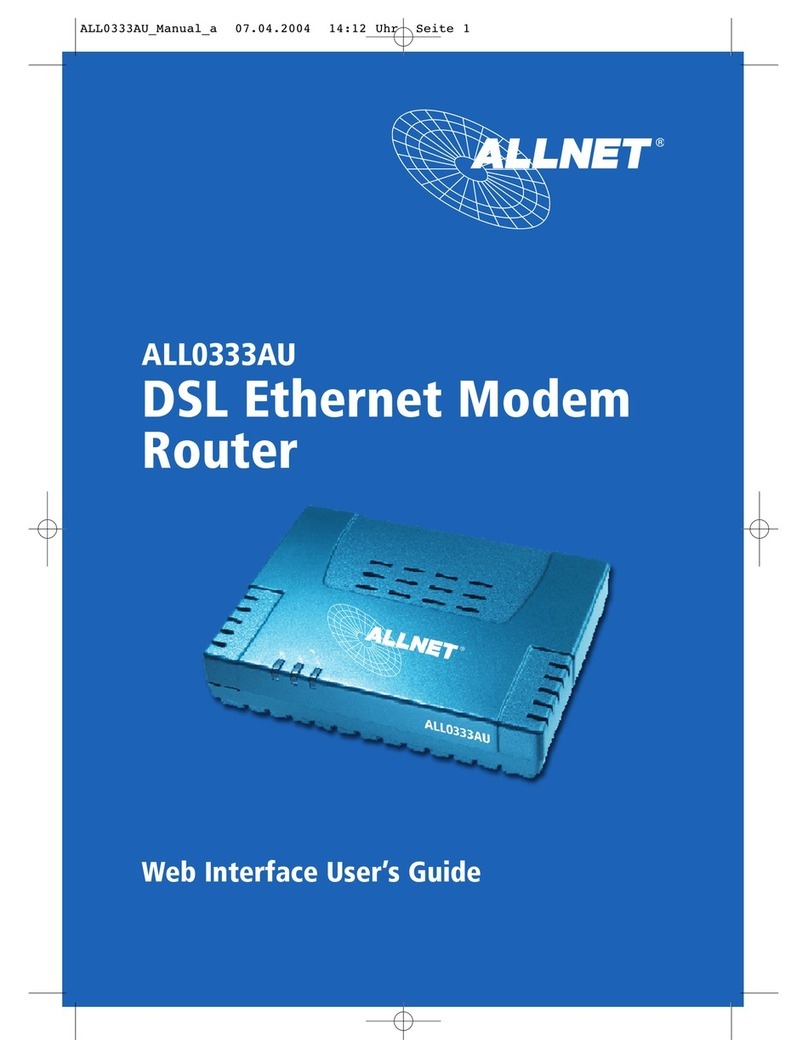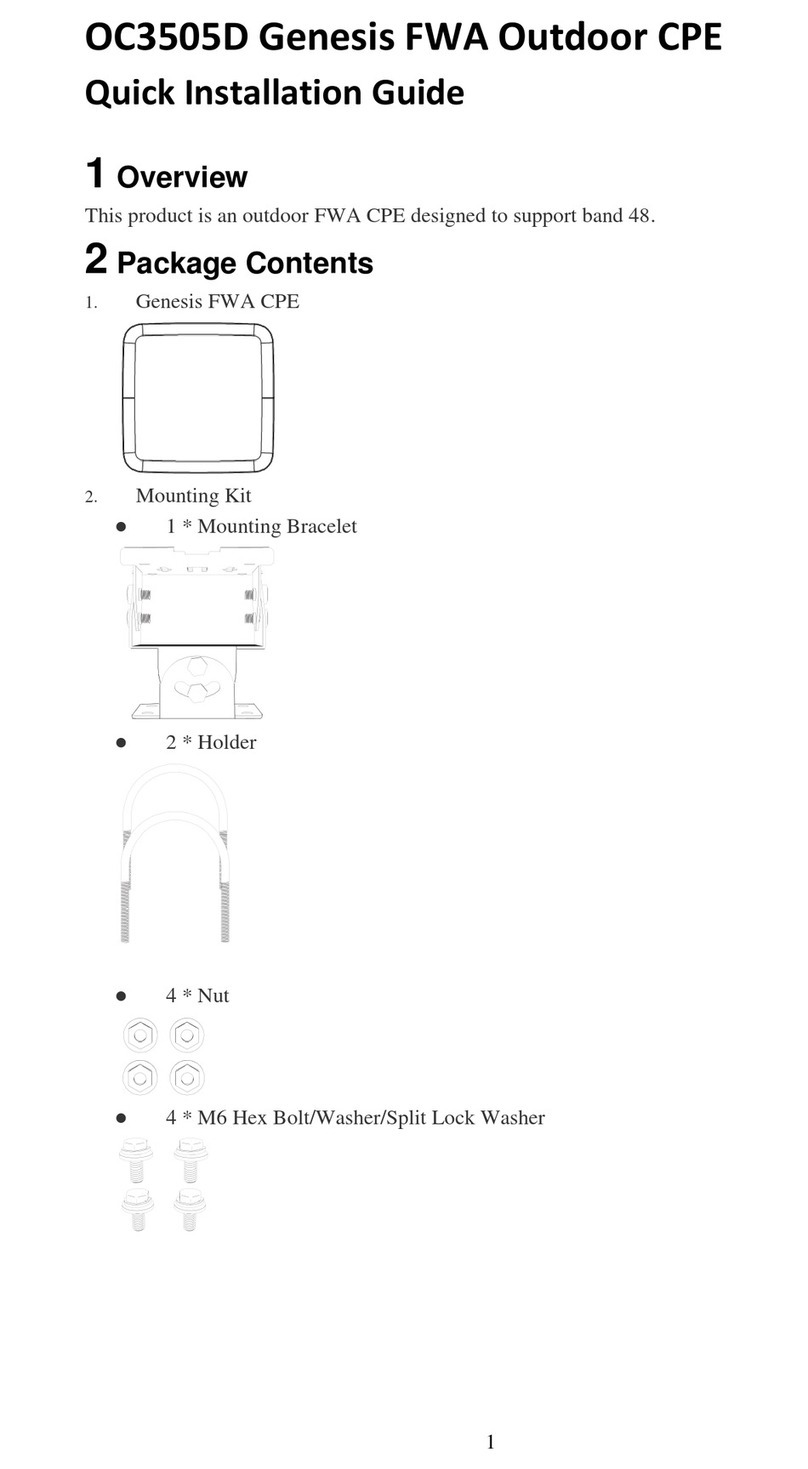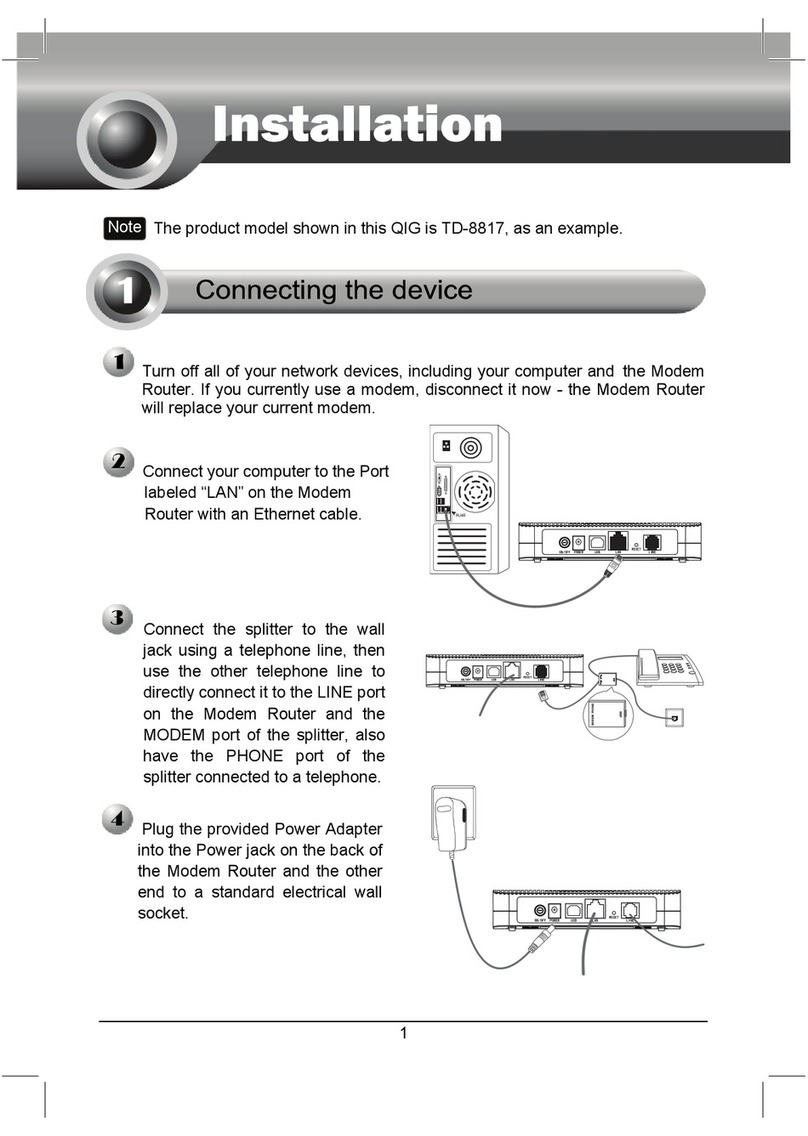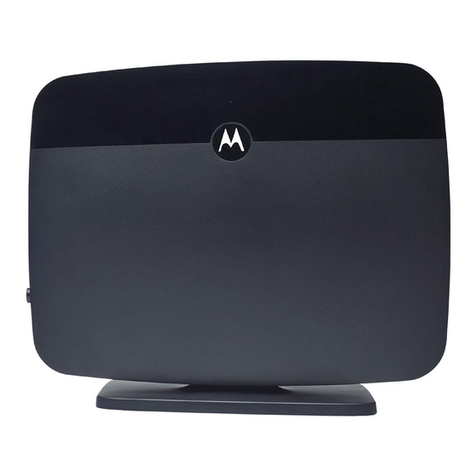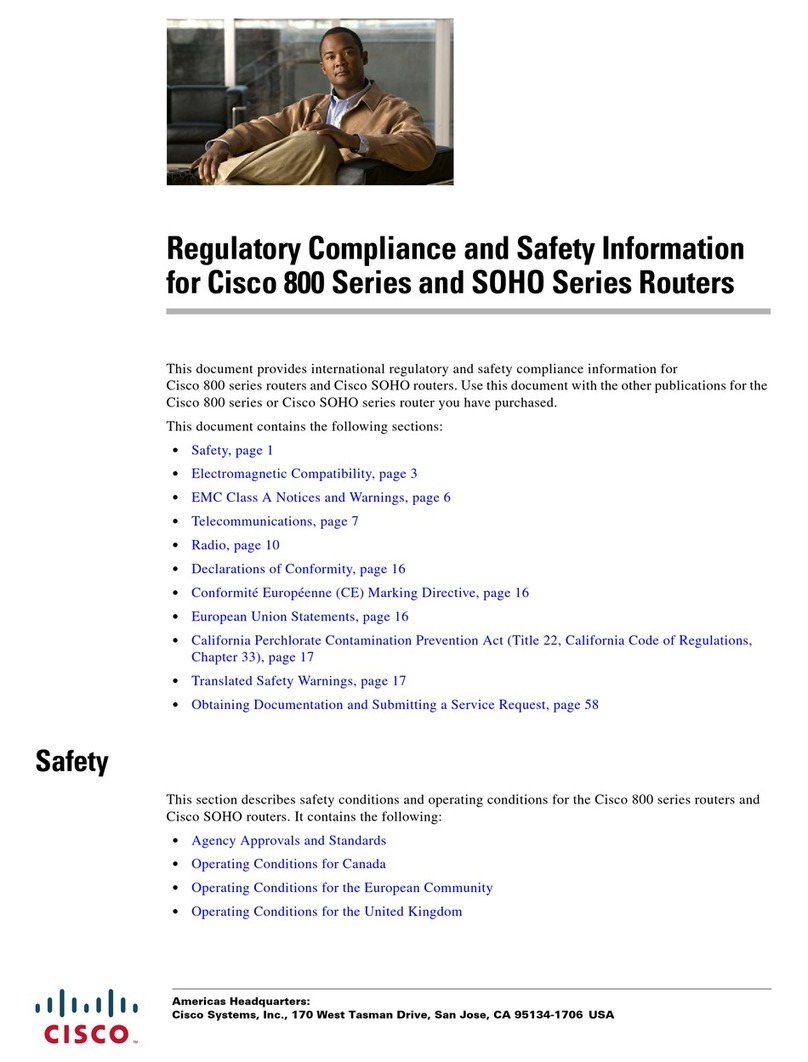Chapter 1: Introduction
Introduction to your Router
Thank you for purchasing BiPAC 7800(N) Router. Your new router is an all-in-one unit that combines
an ADSL modem, ADSL2/2+ router and Ethernet network switch to provide everything you need to
get the machines on your network connected to the Internet over an ADSL broadband connection.
BiPAC 7800(N) router complies with ADSL2+ standards for deployment worldwide and supports
downstream rates of up to 24 Mbps and upstream rates of up to 1 Mbps. Designed for small ofce,
home ofce and residential users, the router enables even faster Internet connections. You can
enjoy ADSL services and broadband multimedia applications such as interactive gaming, video
streaming and real-time audio much easier and faster than ever before.
BiPAC 7800(N) supports PPPoA (RFC 2364 – PPP (Point-to-Point Protocol) over ATM Adaptation
Layer 5), RFC 1483 encapsulation over ATM (bridged or routed), PPP over Ethernet (RFC 2516)
to establish a connection with your ISP. Your new router also supports VC-based and LLC-based
multiplexing.
Theperfectsolution forconnectingasmall groupofPCsto ahigh-speedbroadbandInternet connection,
BiPAC 7800(N) allows multiple users to have high-speed Internet access simultaneously.
Your new router also serves as an Internet rewall, protecting your network from access by outside
users. Not only does it provide a natural rewall function with Network Address Translation (NAT), it
also provides rich rewall features to secure your network. All incoming data packets are monitored
and ltered. You can also congure your new router to block internal users from accessing the
Internet.
BiPAC 7800(N) provides two levels of security support. First, it masks LAN IP addresses making
them invisible to outside users on the Internet, so it is much more difcult for a hacker to target a
machine on your network. Second, it can block and redirect certain ports to limit the services that
outside users can access. To ensure that games and other Internet applications run properly, you
can open specic ports for outside users to access internal services on your network.
The Integrated DHCP (Dynamic Host Control Protocol) client and server services allow multiple
users to get IP addresses automatically when the router boots up. Simply set local machines as a
DHCP client to accept a dynamically assigned IP address from the DHCP server and reboot. Each
time a local machine is powered up; the router recognizes it and assigns an IP address to instantly
connect it to the LAN.
For advanced users, Virtual Service (port mapping) functions allow the product to provide limited
visibility to local machines with specic services for outside users. For instance, a dedicated web
server can be connected to the Internet via the router and then incoming requests for web pages
that are received by the router can be rerouted to your dedicated local web server, even though the
server now has a different IP address.
Virtual Server can also be used to re-task services to multiple servers. For instance, you can set the
router to allow separated FTP, Web, and Multiplayer game servers to share the same Internet-visible
IP address while still protecting the servers and LAN users from hackers.
1
